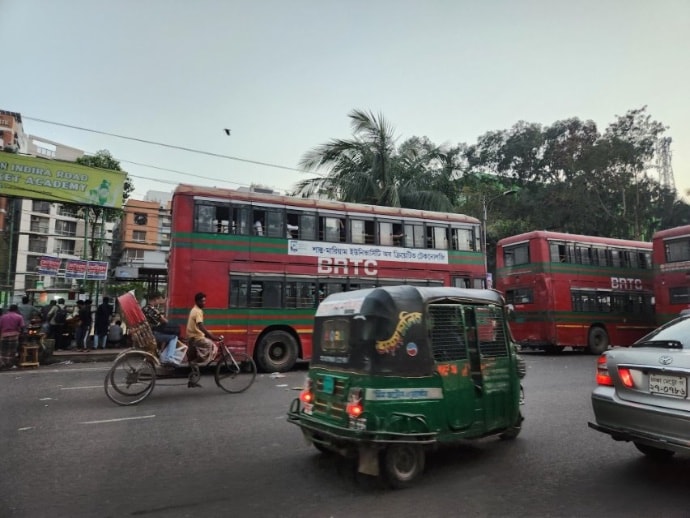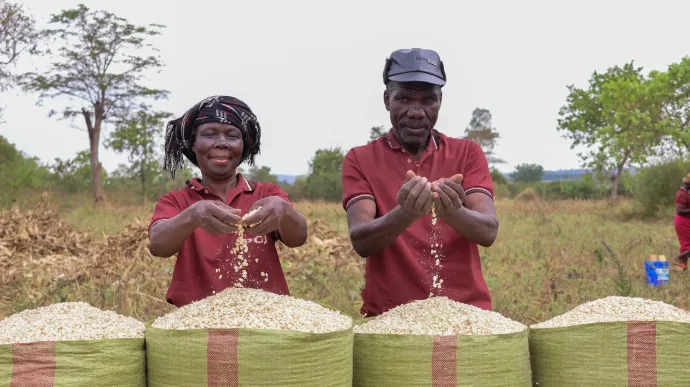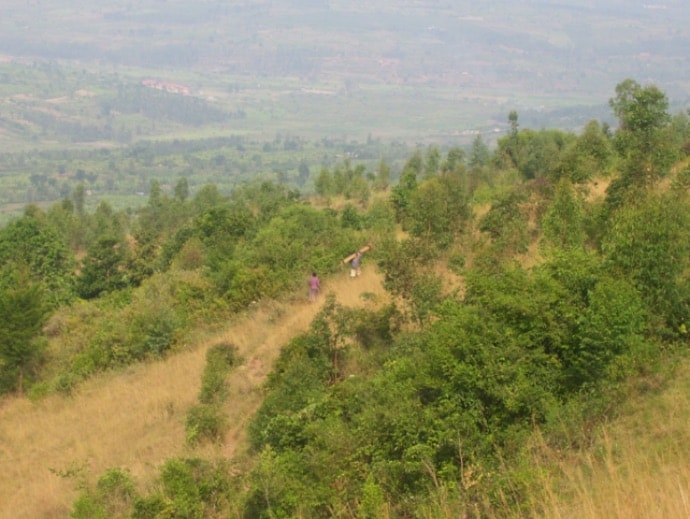Posted on October 22, 2024
By Sylvester Michael Modhu and Amanda Erne, World Concern

By 2050, Bangladesh is expected to lose 17% of its land surface and 30% of its food production to climate-change-driven sea level rise and coastal erosion.[1] This prediction would be concerning anywhere, but in the world’s eighth most populated country, densely packed with 172+million people, the impacts of such a change are hard to fathom
Continue Reading
Posted on October 22, 2024
By Chloe Pan, Global Communities

Photo: Global Communities
While many traditional approaches to improving food security outcomes focus on addressing farmers’ agricultural knowledge and access to productive resources, they may not always use a gender lens to understand the different needs, challenges and capabilities of women farmers. As climate change continues to threaten global food security, it’s crucial to use an inclusive approach to programming that will close the gender gap in agricultural productivity and address the barriers faced by those who are most vulnerable.
Continue Reading
Posted on October 21, 2024
By Karl Weyrauch, Founder, Pygmy Survival Alliance

Bwiza Hillside 2009. Photo: K. Weyrauch
To most people in Rwanda, Bwiza Village was a place unseen, and to the outside world, it was less than that. It was both unseen, unheard of, and mostly unimaginable. Yet, the name “Bwiza” in Kinyarwanda, the national language of Rwanda, translates as “something good” and a place named “Bwiza” would essentially mean “a good place”. Clinging to the eastern slope of an unnamed hillside in Gasabo District, in the eastern-most part of the city of Kigali, Bwiza in 2009, was home to about 30 Batwa families who lived in a couple dozen stick and thatch huts scattered like buckshot across two ravines splitting the ridge like cracks in a loaf of crusty peasant bread.
Continue Reading


